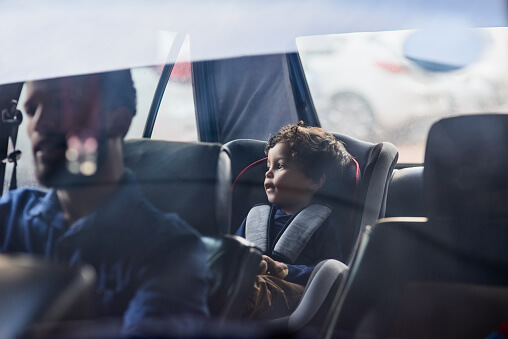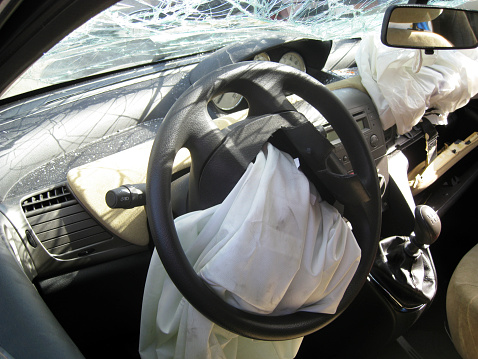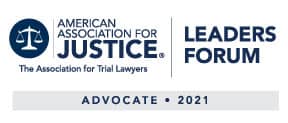Children should be restrained in an appropriate child safety seat and/or in a seat belt depending upon the child’s weight and age. Association for the Advancement of Automotive Medicine recommends children be placed in the back seat and, when possible, the center seat because “the outboard location directly behind the driver or passenger seat is more vulnerable if one side is hit because of its proximity to the point of impact.”
An experienced traffic accident attorney knows side-impact collisions are one of the most dangerous types of car accidents, causing permanent or fatal injuries to adults and children. The severity of injuries in T-Bone crashes often exceeds injury severity in other collision types because the body absorbs more collision impact. While a vehicle hood crumples and suppresses the full force of the impact, sides of a vehicle are very thin and offer minimal protection. A high-quality child restraint system should help keep kids as safe as possible in collisions. But unfortunately many child safety seats and restraint systems are not tested to determine how the systems will perform in side-impact crashes.
T-Bone Collisions Put Kids at Risk Due to Inadequate Car Seats
In many side impact collisions, the rear side of vehicle is struck by a car at an intersection. One vehicle moves though the intersection and another car turning or going straight hits the vehicle broadside from the cross street. While the front side can be hit in T-Bone accidents, children in back seats are especially vulnerable to direct and proximate impact as the striking car hits the rear side of the vehicle. These side impact crashes are often called T-bone accidents since the two cars form the shape of a “T.”
Safe Rides 4 Kids data shows 322 deaths of children under four in motor vehicle accidents in 2009. Five annual deaths occur due to side impact collisions and another 60 children are injured.
Twenty-nine percent of children killed in vehicle crashes were not restrained at the time of the incident, while 55 percent were in car seats and eight percent were buckled in but not in a separate safety seat. Restraint status of the other eight-percent of child fatalities in motor vehicle accidents was unknown.
Restraints save lives, but are much better at saving lives in front and not side-impact accidents. This could be changing. National Highway Traffic Safety Administration (NHTSA) is trying to establish a new crash test requirement for child restraint systems designed to hold children 40 pounds and under.
The new crash test will mandate child restraint systems are tested while using special sleds designed for the purpose. When safety seats are tested inside of cars, the safety features of the car can skew results. The purpose of new testing is to ensure child restraint systems are reducing the force on a child’s chest, shoulders, and head when a T-bone accident happens. There is a long way to go before the new requirement becomes an official rule, but it is a step in the right direction.
















